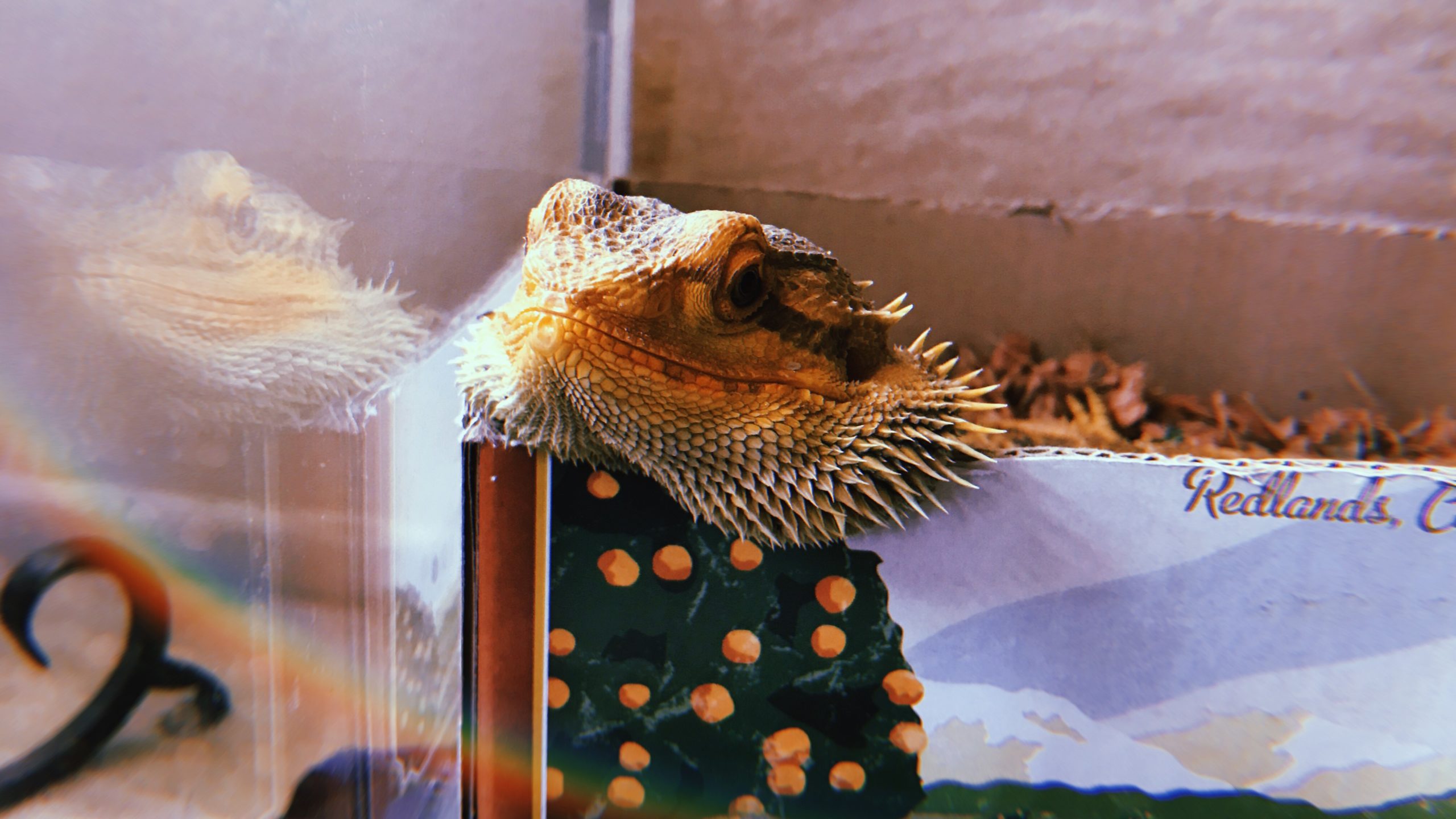
How Big of a Tank Does a Bearded Dragon Need?
As a proud owner of my beloved bearded dragon, Spike, I’ve dedicated years to understanding their unique needs. One of the most important considerations is choosing the right tank size to ensure a thriving and healthy environment. In this comprehensive article, we’ll embark on a journey to determine how big of a tank your bearded dragon truly needs, exploring the factors to consider, scientific research, expert advice, and practical tips.
Bearded dragons, captivating reptiles native to Australia, demand specific conditions to flourish in captivity. Their habitat should mimic their natural surroundings, providing ample space for exploration, thermoregulation, and enrichment.
Tank Size: A Balancing Act
Growth and Comfort
When selecting a tank, it’s crucial to consider the size of your dragon at different stages of its life. Hatchlings, initially small and delicate, require a tank of at least 20 gallons. As they grow rapidly, upgrading to a spacious enclosure becomes essential. Adult bearded dragons typically need a tank ranging from 40 to 75 gallons, depending on their species and individual size.
Providing a tank that’s too small can severely impact your dragon’s well-being. Cramped conditions can lead to stress, obesity, and mobility issues. Conversely, an overly large tank can be overwhelming and make it challenging for your dragon to locate its basking spot and food.
Temperature Gradient and Zoning
Bearded dragons are ectothermic, meaning they rely on external heat sources to regulate their body temperature. To cater to their thermoregulatory needs, their enclosure must establish a temperature gradient.
A proper temperature gradient allows your dragon to move between different zones within the tank. A warm basking spot, usually ranging between 95-110°F, is crucial for digestion and maintaining optimal body temperature. A cooler zone, around 75-85°F, provides a respite from the heat and a place to retreat.
Understanding these temperature variations will help you select a tank size that facilitates the creation of an appropriate temperature gradient. A larger tank allows for more space to establish distinct zones and minimizes temperature fluctuations.
Scientific Research and Expert Advice
Numerous studies have examined the ideal tank size for bearded dragons. According to a comprehensive study published in the Journal of Herpetological Medicine and Surgery, adult bearded dragons require a minimum tank size of 4 feet by 2 feet by 2 feet (48 inches long x 24 inches wide x 24 inches high), which equates to approximately 75 gallons.
Renowned herpetologist and reptile expert, Dr. Frances Baines, recommends a tank size of at least 120 gallons for adult bearded dragons. Her extensive research emphasizes the importance of providing ample space for these active lizards to exercise and engage in natural behaviors.
Tips and Expert Advice
Apart from the general tank size guidelines, consider the following tips for creating an optimal habitat for your bearded dragon:
- Choose a tank with a secure screen lid to prevent escapes and ensure proper ventilation.
- Provide hiding places, such as caves or logs, to offer your dragon a sense of security and privacy.
- Include a variety of substrates, such as sand or reptile carpet, to cater to your dragon’s digging and burrowing instincts.
- Add live or artificial plants to create enrichment and stimulate natural behaviors.
Remember, the tank size you select should not only meet the minimum requirements but also consider your dragon’s individual needs and preferences.
Frequently Asked Questions
Q: Is it okay to keep two bearded dragons in a single tank?
A: It’s generally not advisable to house multiple bearded dragons in the same tank, as they may become territorial and aggressive.
Q: Can I upgrade to a larger tank as my bearded dragon grows?
A: Yes, it’s recommended to gradually upgrade to a larger tank as your dragon grows to accommodate its size and provide ample space for proper development.
Q: How do I clean a bearded dragon’s tank?
A: Regular cleaning is crucial for maintaining a healthy environment. Remove waste daily and disinfect the tank and accessories thoroughly once a month.
Conclusion
Choosing the right tank size for your bearded dragon is paramount for its well-being and longevity. By considering their growth, thermoregulatory needs, and individual preferences, you can create a thriving and enriching habitat. Remember, providing adequate space is not just a matter of meeting minimum requirements but also about ensuring your beloved companion has the opportunity to live a fulfilling and healthy life.
Are you interested in learning more about bearded dragons and their care? Join our online community of reptile enthusiasts for valuable discussions, expert advice, and the latest updates on these fascinating creatures.

Image: www.grimmthedragon.com
Image: www.beardeddragon.org
Bearded Dragon Care Recommendations from MedVet Mar 7, 2023Baby bearded dragons under 12 inches should be kept in a tank no smaller than 20 gallons. For juveniles under 15 inches, you should use a tank no smaller than 40 gallons. For adult dragons over 15 inches, a tank should be provided that is between 75 and 125 gallons. Baby: 20 gallons. Juvenile: 40 gallons.